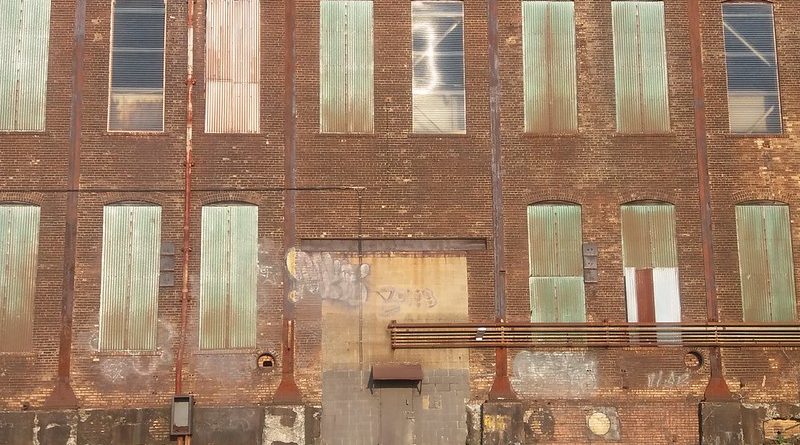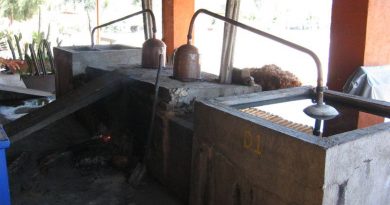The Rust Belt: Steel in Pittsburgh
One of the most pivotal cities of the American Rust Belt region, Pittsburgh achieved notability as the beating heart of the country’s steel industry. As America became one of the world’s pace-setters in industrial output, Pittsburgh emerged as an important centre, its steel production second-to-none in the country.
With the iron industry already causing the city to become a critical manufacturing hub, steel quickly emerged in the 19th Century as Pittsburgh’s chief export. Several important Scottish and Irish figures settled in Pittsburgh such as Andrew Carnegie and became titans of the steel industry while several smaller firms also managed to thrive despite this seemingly insurmountable competition. Indeed, steel manufacturing had become ingrained in the city’s culture, a binding glue of its peoples and a source of pride.
Over the course of the 19th Century, Pittsburgh had cemented itself as one of America’s most wealthy industrial cities. Allegheny County, within which Pittsburgh is located, produced 24% of American pig iron, 44% of open hearth steel and 34% of Bessemer steel at the turn of the 20th Century. By extension, Pittsburgh was hugely important to the country’s railway system and became an important transport hub. It is believed that between 1870 and 1920, Pittsburgh’s population increased seven times due to the immense economic benefits of the steel industry. Until the mid-20th Century, Pittsburgh remained an essential bastion of the American working class.
The city’s famous and tragic decline mirrored that of many industrial centres along the American Rust Belt. The industrial lurch began slowly following the Second World War and intensified significantly during the 1970’s. Companies increasingly relied on foreign production due to considerably lower costs of labour and greater efficiency. The issue of outsourcing was not the only issue facing the American steel industry; demand was also dropping. A downturn in economic fortunes and a reliance on alternate materials saw the once-essential metal lose its importance. A ‘Steel Crisis’ soon developed and escalated significantly, leaving the city devastated.
Decreasing demand and outsourcing were significant issues, and the steel industry was further effected by tense conflicts between inflexible labor unions and poor management. Most urgent of all was the lack of raw materials, which had been considerably depleted and subsequently raised costs significantly. By the end of the 1970’s, the process of deindustrialisation had begun. By the early 1980’s, over 150,000 steel mill workers were laid off, which in turn caused manufacturers in other areas to lose their jobs. This left the region’s economy irrevocably altered and devastated. Much of the city’s caucasian population emigrated to the suburbs, a part of the ‘white flight’ process, which resonated throughout the Rust Belt region.
The collapse of the steel industry in Pittsburgh was part of a greater pattern in the Rust Belt region, which saw the decline of the American working class. The city has recovered from the lows of its economic depression in the brutal aftermath of de-industrialisation, now boasting a far more balanced, diversified economy and has low living costs and efficient infrastructure. However, the abandoned deteriorating steel mills show a story of a city, which has lost a vital part of its history and culture to the modern era.




